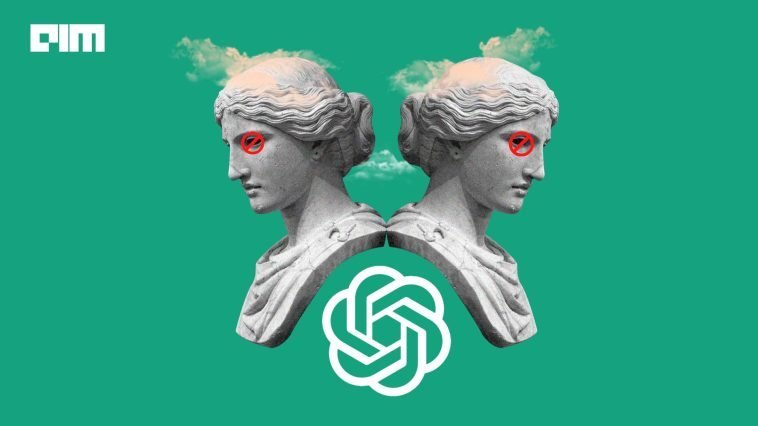Introduction.
The idea of automating tasks and streamlining processes sounds amazing, right? With tools like ChatGPT and Zapier, you can bring that dream to life without needing to write complex code.
By connecting ChatGPT to Zapier, you can automate responses, streamline workflows, and boost productivity—all in just a few clicks.
Imagine getting your emails summarized, managing customer inquiries, or even receiving personalized content, all hands-free.
In this guide, I’ll walk you through everything you need to know to get started with ChatGPT and Zapier, including step-by-step instructions, the pros and cons of using these tools together, and answers to common questions to help clear up any uncertainties.
Let’s dive in and get this setup working for you!
What Is Zapier, and Why Connect It to ChatGPT?
Before diving into the how-to, let’s talk about what each of these tools does and why connecting them can be a game-changer.
ChatGPT is a conversational AI model developed by OpenAI, designed to respond intelligently to text prompts. You might have used it for tasks like drafting emails, getting answers, or even creating content.
But one of its most powerful features is its flexibility—you can use it for so many different tasks depending on how you set it up.
Zapier is an automation tool that lets you connect apps to automate repetitive tasks. It works by linking different apps together, which is called creating a “Zap.” When an action happens in one app, it triggers a response in another.
Connecting ChatGPT with Zapier lets you automate how ChatGPT responds to prompts, creates content, or even gathers insights.
Together, these two tools can automate anything from summarizing messages to generating quick responses or reports.
Connecting ChatGPT to Zapier can save you valuable time and free you up to focus on more complex tasks.
How Do I Connect ChatGPT To Zapier?
Here’s a simple guide to connecting ChatGPT to Zapier. For this, you’ll need accounts with both ChatGPT (or OpenAI) and Zapier. Once you’ve got these, follow these steps:
- Sign in to Zapier and OpenAI
- Head to your Zapier account and log in. Then, go to your OpenAI account to generate an API key, which you’ll need to connect ChatGPT to Zapier.
- Create a New Zap
- In Zapier, click on “Create Zap.” This opens a new workflow where you can set up how ChatGPT interacts with other apps.
- Select Your Trigger App
- The trigger app starts the process. For example, you might choose “Gmail” if you want ChatGPT to respond to emails automatically. Select Gmail, set your trigger (like receiving a new email), and Zapier will prompt you to log in to Gmail.
- Add ChatGPT as the Action Step
- Now, choose ChatGPT (or OpenAI) as the action app. Zapier will ask for the API key you saved earlier from OpenAI—enter that, and you’re ready to go.
- Set Up Your Prompt
- In this step, write out the prompt that you want ChatGPT to follow each time it’s triggered. For example, you might ask ChatGPT to summarize the email content, respond with specific details, or generate a report based on the data received.
- Test Your Zap
- Once you’ve set everything up, click “Test” to see if it works as expected. Zapier will simulate the process to confirm that the response from ChatGPT is what you wanted. If it’s good, activate the Zap!
Pros and Cons of Connecting ChatGPT to Zapier
This setup is powerful, but it’s essential to know the strengths and potential downsides before diving in.
Pros
- Time-Saving: Automating responses and repetitive tasks can save hours each week.
- No Coding Needed: You can set up complex automation without needing technical skills.
- Endless Flexibility: Connect with hundreds of apps to create custom workflows.
- Scalability: Great for growing businesses looking to automate basic tasks without hiring additional help.
Cons
- Limited Free Use: Both ChatGPT (if using the paid API) and Zapier’s premium features come with costs.
- Prompt Complexity: Crafting prompts that consistently give useful responses can take time to refine.
- Privacy Concerns: Sharing sensitive data with AI and Zapier raises privacy considerations, especially for regulated industries.
- Rate Limits: If you need to process high volumes of tasks, you may encounter usage limits depending on your plan.
FAQs
Q: Do I need a premium subscription for Zapier or ChatGPT to connect them?
- While you can use both platforms for free to a degree, Zapier has limits on the number of Zaps you can create, and OpenAI charges for API usage beyond their free tier. If you plan to use this setup frequently, a paid plan for both might be worth considering.
Q: Can I integrate ChatGPT with other tools besides Gmail using Zapier?
- Absolutely. You can connect ChatGPT to thousands of other apps on Zapier, like Slack, Google Sheets, Trello, and more. If there’s an app you already use for work, chances are you can link it to ChatGPT through Zapier.
Q: Is it safe to share sensitive information with ChatGPT through Zapier?
- OpenAI takes data security seriously, but it’s always a good idea to avoid sharing highly confidential information with any third-party service. Check both OpenAI’s and Zapier’s data policies to make sure you’re comfortable with how they handle information.
Q: How reliable is ChatGPT’s output when automated?
- ChatGPT can provide reliable responses, but the quality depends heavily on the clarity of your prompt. If responses don’t seem consistent, experiment with the wording to get more accurate outputs.
Q: Can I control how ChatGPT responds based on specific inputs?
- Yes! Zapier allows you to set conditions and filters, so you can create triggers that dictate how ChatGPT responds. For example, you could set it to send detailed responses to specific questions but brief ones to others.
Conclusion
Connecting ChatGPT to Zapier is a powerful way to simplify tasks and stay on top of routine processes without needing a degree in computer science.
By automating workflows, you’ll have more time to focus on complex tasks, freeing you from tedious work. While there are some costs and limitations to consider, the flexibility and potential of this setup are hard to ignore.
So, what could you accomplish if ChatGPT took over your repetitive tasks?





GIPHY App Key not set. Please check settings